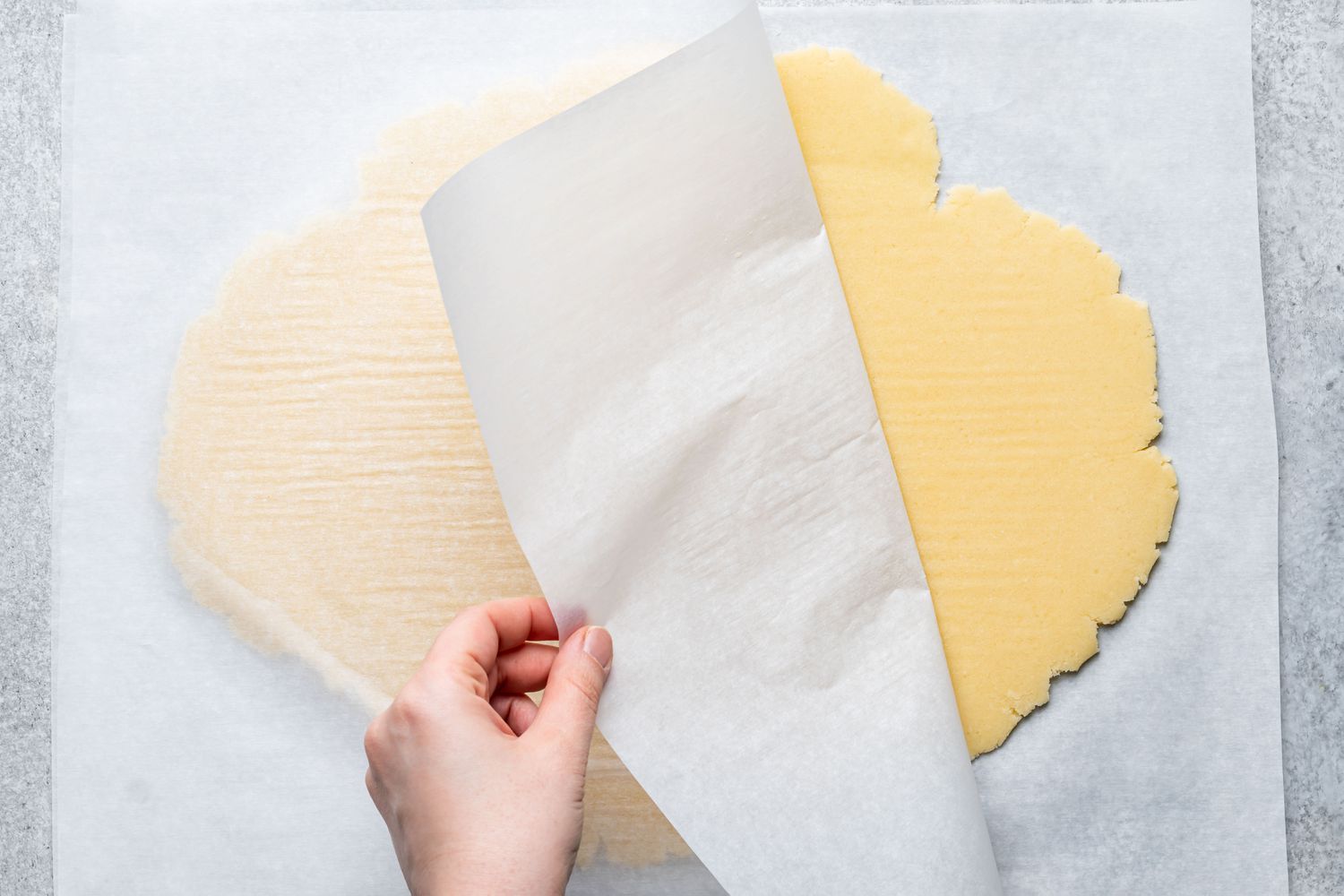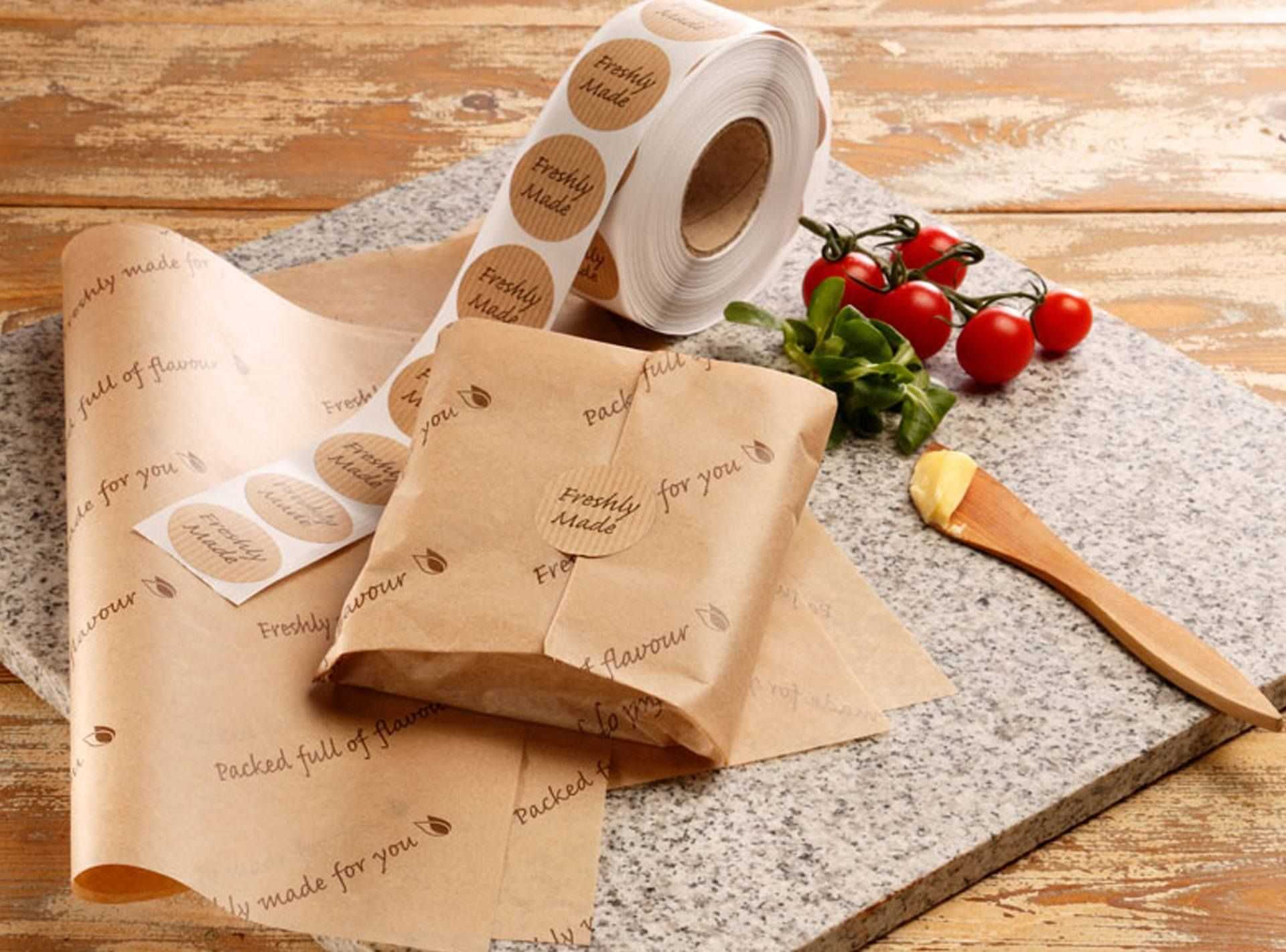
Deli paper, also known as sandwich paper or butcher paper, plays a crucial role in the food service industry. It is a lightweight, grease-resistant paper that offers various benefits in food preparation, serving, and packaging. In this article, we will explore the uses, advantages, and environmental considerations of deli paper, as well as its relationship with wax paper.
What is Deli Paper?
Deli paper is a type of paper product that is commonly used in delis, sandwich shops, food trucks, and other food service establishments. It is typically made from bleached Kraft paper or recycled paper, which gives it strength and durability despite its lightweight nature. Deli paper is designed to be grease-resistant, making it ideal for wrapping foods such as sandwiches, burgers, and other deli items without the risk of the paper becoming soggy or tearing.

Uses of Deli Paper
- Food Wrapping: One of the primary uses of deli paper is for wrapping food items. It serves as a barrier between the food and the hands or packaging, ensuring cleanliness and hygiene. Deli paper is particularly effective for foods that are greasy or contain sauces, as it prevents oils from seeping through.
- Lining Baskets and Trays: In restaurants and delis, deli paper is often used to line baskets, trays, and serving containers. This not only enhances the presentation of the food but also makes cleanup easier by containing spills and crumbs.
- Interleaving: Deli paper is used for interleaving items such as meat and cheese slices to prevent them from sticking together. This makes it convenient for food preparation and ensures portion control.
Advantages of Deli Paper
- Grease Resistance: Unlike regular paper, deli paper is specially treated to resist grease and moisture, maintaining the integrity of the food it wraps.
- Environmentally Friendly Options: Many deli papers are made from recycled materials or are compostable, making them a more sustainable choice compared to plastic wraps or aluminum foil.
- Customizability: Deli paper can be printed with branding, logos, or designs, which can enhance the presentation of food items and promote the business.
Deli Paper vs. Wax Paper
While deli paper and wax paper are both used in food service, they serve different purposes:
- Deli Paper: Primarily used for wrapping sandwiches, lining baskets, and interleaving food items. It is grease-resistant and durable.
- Wax Paper: Coated with a thin layer of wax (usually paraffin wax), wax paper is moisture-resistant but not necessarily grease-resistant. It is often used for lining baking pans, wrapping foods for short-term storage, or as a disposable surface for food preparation.
Environmental Considerations
As businesses and consumers increasingly prioritize sustainability, the choice between deli paper and other packaging materials becomes crucial. Many deli papers are now manufactured using recycled materials and are compostable or recyclable after use, reducing their environmental impact compared to plastic alternatives.

Conclusion
Deli paper is a versatile and essential product in the food service industry, offering grease resistance, convenience, and eco-friendly options. Whether used for wrapping sandwiches, lining serving trays, or interleaving deli cuts, deli paper plays a significant role in maintaining food quality and presentation. By opting for environmentally friendly deli paper options and understanding its benefits, businesses can enhance their operations while reducing their ecological footprint.
In conclusion, deli paper continues to be a staple in food service establishments for its practicality, versatility, and contribution to sustainable practices in the industry.